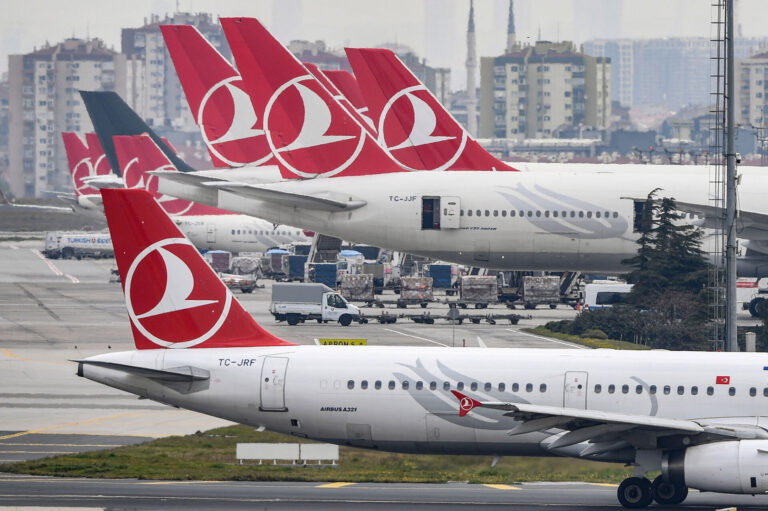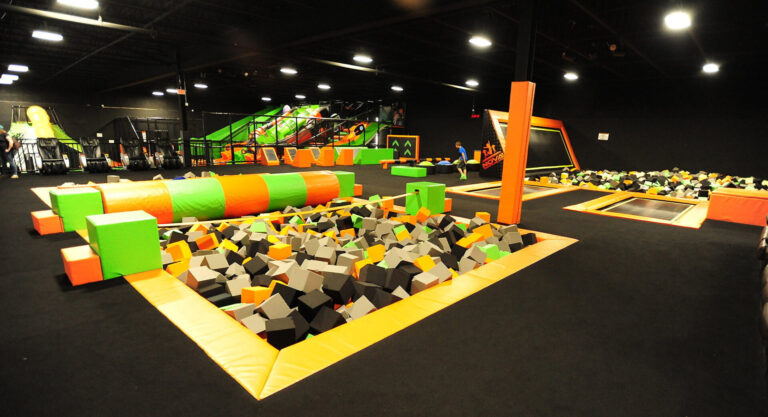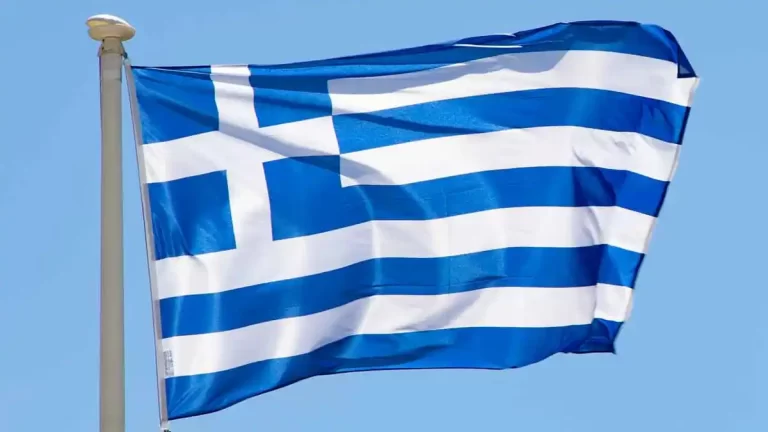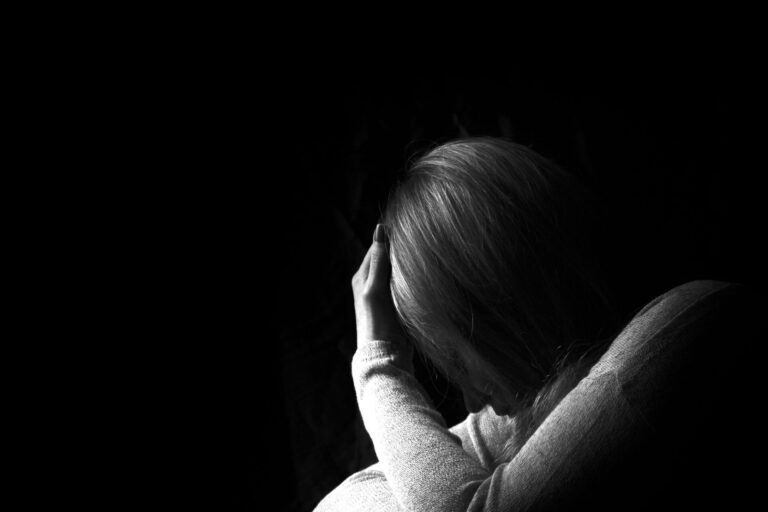Evia, or Euboea is Greece’s second largest island but one that is largely undiscovered by holidaymakers. The island offers stunning views from the mountain roads, challenging hikes and treks for the energetic, major archaeological discoveries and some stunning uncrowded beaches.
A north-south mountainous spine divides the islands’ eastern cliffs from the gentler west coast. Ferries link Evia to the Greek mainland along with two bridges at Halkida. One of these is a sliding drawbridge (the original span dating from 410BC) over the narrow Epivros channel that reverses direction around 7 times each day.
Evia remains a startlingly varied island from the sparkling Aegean lapping up to the sands of the beaches of the east cost to the mountainous interior with rivers, streams and forests to the west coast that has a mix of beaches and the city of Halkida. To the northwest of the island is Edipsos one of the most popular spas in Greece where hot water gushes from the rocks into the sea and pools of many of the hotels and treatment centres.
Southern Evia resembles the arid islands of the Cyclades. Accessible by ferry from Rafina, Marmari sits in a bay below Mount Ochi. The area is known for its beaches, fish tavernas, Venetian fortess and folk museum. From the small port of Agia Marina close to Marathon on the mainland small ferries shuttle backwards and forwards to Nea Styra which is popular among Greek tourists and Athenians with summer homes.
The hustle and bustle here is continuous and the architecture is a cacophony of houses, tavernas, and apartments along the coastline. The dragon houses in this area are Neolithic monuments that have perplexed archaeologists since their discovery. Slightly further up the national highway on the mainland is the tiny port of Oropos from where small push-pull ferries run around every 15 minutes to Eretria in Evia. Eretria is an attractive small harbour lined with tavernas.
On the north-eastern facing coast of Evia is the town of Kimi which connects Evia (and the rest of Greece!) with the island of Skyros. Kimi has a long impressive sandy beach and plenty of fish tavernas where the catch is landed daily. The nearby village of Orologio is home to one of Greece’s best micro-breweries where various ales and beers are brewed.
The city of Halkida bustles with everyday life for its inhabitants and is just 50ft from the Greek mainland at its closest. To the north of the bridge is the coastal promenade lined with cafes, tavernas and shops and to the south is the Kastro area of Venetian and Turkish houses and the Kastro itself.
The northern road out of Halkida is one of the most beautiful on the island passing through lush green forests and the long Kirea river valley. At the village of Strofilia the road splits heading north to the beaches and coastal villages that remind visitors of the Sporades islands being so similar with pine trees stretching virtually to the shoreline.
West of Strofilia is the village of Limni with its attractive waterfront and neighbouring cobbled streets full of restaurants and tavernas and the adjoining shingle beach. Further north along the coast is Edipsos and its famous spa.
Towns & Villages in Evia
Eretria: South of Chalkis, the road leads to Eretria, which in ancient times was the second most important city on the island. It was a major maritime power, and the standard of its intellectual activities was high. Today, the ancestral homes of several renowned seafarers still stand in the town. In the Archaeological Museum of the city, you can see finds dating back to prehistoric, archaic, classical and Hellenistic times. However, the city is not just another important archaeological site. Thanks to its beautiful beaches, it has become a busy summer resort with many tourist facilities and is now a popular destination.
Karystos: This is a small coastal town situated 129km south of Chalkis. Set on the wide Karystian Bay, below Mt Ohi, the city is the most attractive of the island’s resorts and has two lovely and organized sandy beaches. It is an ancient city that is said to have been built by Dryopes. Don’t miss the reconstructed Venetian fortress of Castle Rosso, built in the 13th century on the eastern beach of the town. Other interesting sites here are the ruins of the Venetian castle built in 1030 and ancient marble quarries, the town hall, built at the end of the 19th century, and the Orthodox monasteries of Taxiarches, St. George and St. Mavra.
Agia Anna: This small village is situated at the northern part of Evia in the middle of a dense forest. The settlement is one of the most charming parts of Evia, having retained its strong traditional style, its customs and country fairs. About 10km from the village lays the beautiful beach of Agia Anna. It is a very long beach, famous for its deep and hot waters. Moreover, nearby, there is another beautiful beach called Angali which is also long and has crystal clear waters.
Kymi: This is one of the oldest town in Evia and is miraculously perched high above the sea on a cliff 250m high. The port of the town is situated 4km downhill and it is the only natural harbour on the east coast. The town has characteristic “island” architecture and if you like non-crowded, lively towns, you will enjoy your stay here. Its houses have a traditional style and the surrounding district has numerous attractive villages, beaches, monasteries and plenty of woodland.
Source: Greek City Times







